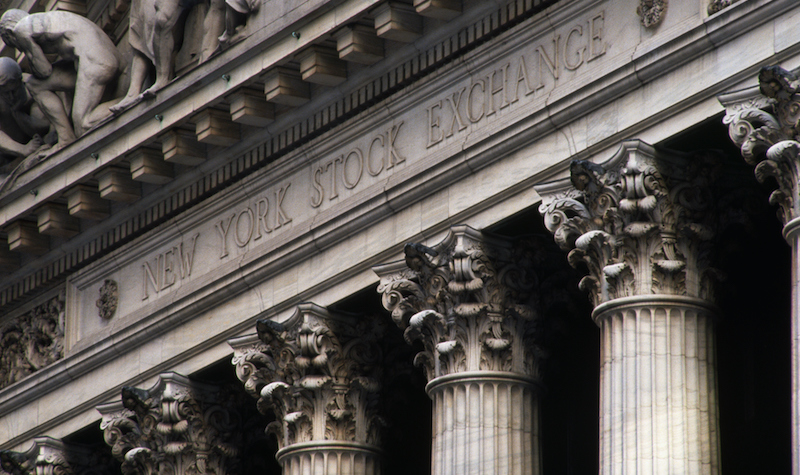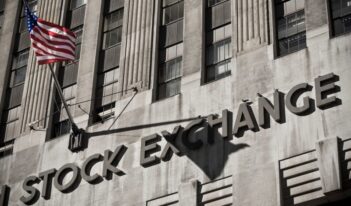
The SEC paves the way for companies to raise capital directly from investors in initial offerings.
After a year of fits and starts, the U.S. Securities and Exchange Commission (SEC) approved the New York Stock Exchange’s (NYSE) proposal to allow companies to raise capital by selling shares directly to investors in a transaction known as a direct public offering.
The new policy, which took effect when the SEC published a final rule at the end of 2020, may signal the start of a new era for companies wishing to go public.
Prior to the adoption of the SEC’s new policy, issuing companies could only sell existing shares to investors directly. Issuers often treated these transactions as an opportunity for early investors and employees to “cash out” their shares. Because companies could not use sales of existing stock to raise new capital, they had seldom used the direct sales model.
Under the SEC’s new policy, however, direct public offerings may soon displace Wall Street’s most popular fundraising tool: the IPO, or initial public offering.
In an IPO, a private company transfers ownership to the public through shares of stock. In most IPOs, an issuing company engages investment banks to underwrite the transaction. Often, the underwriters commit to purchase a set amount of shares at a discount. Before public trading begins, the underwriters resell some of their shares to institutional investors, such as mutual funds and credit unions. The company and underwriters negotiate a public offering price based on this pre-opening activity. In many cases, by the time trading begins, underwriters and institutional investors own all of the shares. As a result, if the stock price jumps, the underwriters and institutional investors reap the rewards, but issuers’ gains are capped at the price underwriters paid for shares.
In a direct public offering, issuing companies will be able to sell new shares on an exchange without hiring underwriters. For Silicon Valley venture capitalists—investors who provide capital to new or growing companies—this option will be especially attractive. Prominent venture capitalists have accused underwriters of taking advantage of lucrative startups by underpricing stock to engineer a first-day price jump. In a particularly high-profile case, the food delivery company DoorDash’s shares climbed 85 percent on the first day of trading. If the IPO price had been closer to the closing mark, the company would have raised an additional $3 billion.
But some experts argue that lower fees and greater control over share price will not be enough to displace IPOs.
For many issuers, IPOs still offer invaluable benefits. For example, the underwriting process allows issuers to shape their investor base by distributing large blocks of stock to long-term investors, such as hedge funds. Some companies may also rely on underwriters to introduce them to these institutional investors.
The underwriting process also gives issuers a close approximation of how much capital they will raise. In a direct public offering, however, companies will not know how they will fare until trading begins.
In addition, some issuers will stick with IPOs simply because they do not generate the same buzz as popular tech startups and are less likely to see significant first-day price increases.
But assurances that IPOs will not become obsolete do little to assuage fears that companies might opt for a direct public offering to skirt investor protections. Section 11 of the Securities Act of 1933 imposes penalties on issuers for making fraudulent statements during the IPO registration process. The statute extends liability to underwriters, even if they were unaware of and uninvolved in the fraud. Critics of the new rule affirm that the threat of legal exposure and reputational harm provide incentives for underwriters to ensure the accuracy of registration statements. Without the extra due diligence, they argue, investors will lose a key protection.
Critics also worry that investors will have a hard time bringing viable Section 11 claims if issuers do file inaccurate or misleading registration statements for direct public offerings. Courts require investors to trace their shares back to the fraudulent registration statement. For IPO investors, this requirement is made easier by “lockup periods,” in which issuers typically agree to prohibit early investors, employees, and other existing shareholders from selling their shares. If IPO shares are the only ones on the market when investors buy shares, they should be able to satisfy the traceability requirement. But without a lockup agreement, existing shareholders could sell their shares during a direct public offering, making it difficult or even impossible for investors to prove their shares relate back to the fraudulent registration statement.
In response to the criticism, NYSE explained that issuers pursuing a direct public offering will be required to file the same public registration statement and be subject to the same level of scrutiny as companies conducting IPOs. NYSE noted that the issuer’s board of directors, senior management, and independent accountants will perform the same gatekeeping role as underwriters. In addition, the stock exchange pointed out that no law or regulation requires a lockup period during an IPO, the new rule does not prevent an issuer from instituting one during a direct public offering. Issuers voluntarily agree to lockups in IPOs and can do the same in direct offerings.
The SEC agreed with NYSE’s responses and determined that the rule included sufficient investor protections.
The impact of direct public offerings on the market and on investors may not be immediately clear, but the model appears here to stay. NYSE’s main competitor, Nasdaq, recently filed its own proposal to allow direct public offerings. By this time next year, the world’s two largest stock exchanges could both allow direct public offerings.



